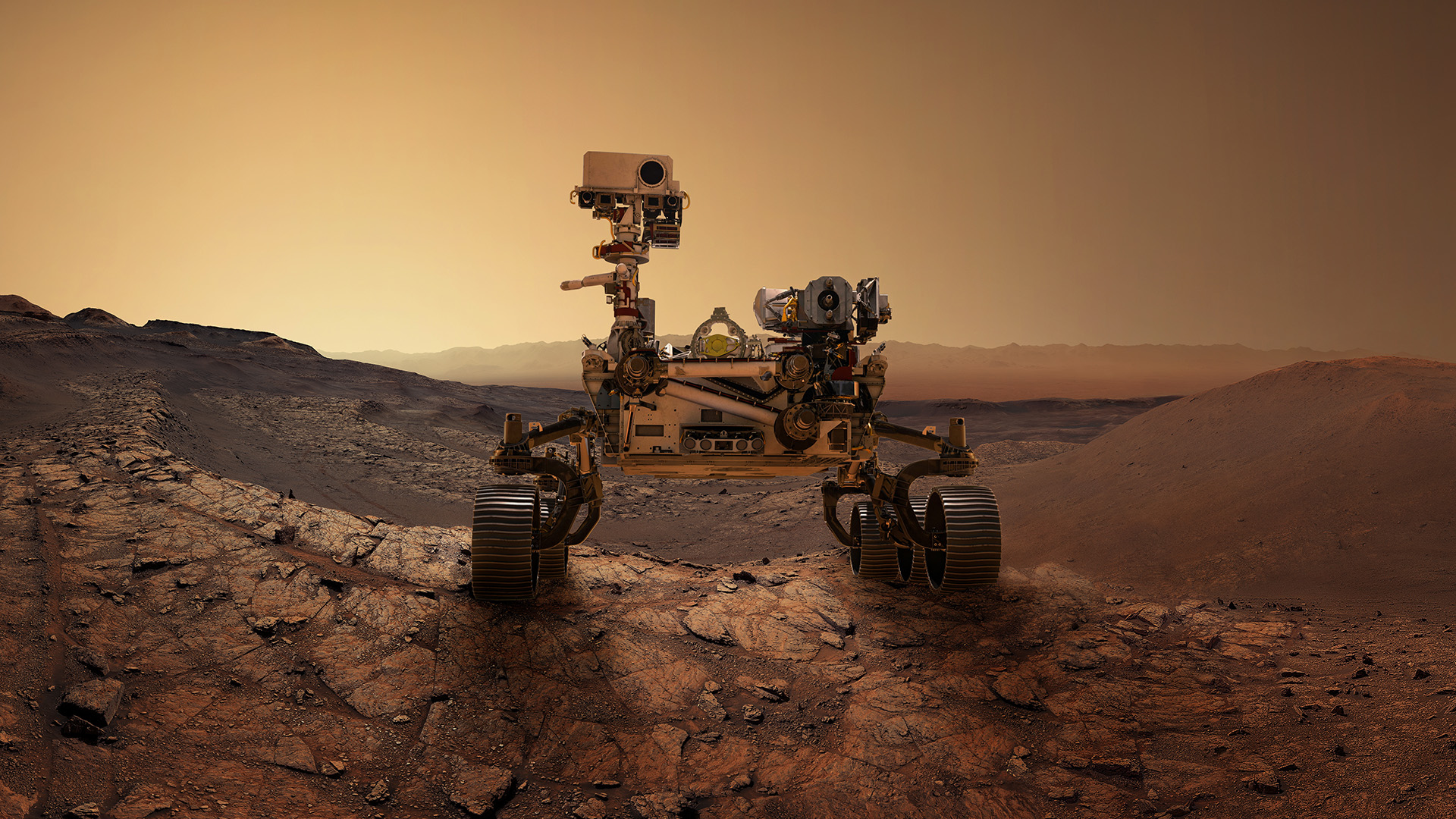For decades, scientists have dreamed of exploring the mysterious underground worlds of Mars vast lava tubes carved by ancient volcanic activity. These natural tunnels, untouched for millions of years, could hold the key to future space exploration.
Now, thanks to robots exploring Mars caves, we are closer than ever to revealing these hidden environments that might one day shelter astronauts from deadly radiation and extreme temperatures.
In a groundbreaking field trial on Lanzarote, a volcanic island in the Canary Islands, researchers deployed autonomous robots into a real lava tube to simulate conditions on Mars and the Moon.
The 21 day experiment, published in Science Robotics, has opened a new chapter in planetary exploration showing both the promise and the challenges of using robots to explore places humans can’t reach.
Why Lava Tubes on Mars Matter
Lava tubes are formed when molten lava flows beneath the surface, leaving behind hollow tunnels once the lava drains away. On Mars, without erosion or tectonic activity, these tunnels could be hundreds of meters wide and stretch for kilometers.
Dr. Laura Kerber, planetary geologist at NASA’s Jet Propulsion Laboratory JPL, explains, Lava tubes could be perfect natural shelters on Mars.
They can protect astronauts from cosmic radiation, micrometeorites, and extreme surface temperatures conditions that make life on the Martian surface almost impossible without heavy shielding.
For scientists, robots exploring Mars caves are not just about finding future habitats they are also vital for searching for signs of past or present life. Inside these tubes, ice or other organic matter could remain preserved for billions of years.
The Lanzarote Experiment
The Canary Islands’ Lanzarote is known for its volcanic terrain, making it a perfect Mars analog. Researchers sent a team of small, rugged robots into Cueva de los Verdes, a natural lava tube more than 6 kilometers long.
Equipped with Lidar scanners, AI powered navigation, and thermal sensors, these robots were tasked with navigating the dark, rocky passages without direct human control. For 21 days, they mapped, scanned, and communicated with each other exactly how they might operate on Mars.
One major success was cooperative mapping. Instead of a single machine doing all the work, multiple robots collaborated. Robot 1 scanned the initial entrance and sent data back. Robot 2 moved deeper, building on the map Robot 1 created.
Robot 3 acted as a relay, ensuring signals traveled back to the surface team. This teamwork allowed robots exploring Mars caves to overcome communication blackouts a critical challenge when radio waves can’t easily pass through rock.
Why Autonomy Matters
Dr. Wolfgang Fink, University of Arizona robotics expert, says. You can’t joystick control a robot on Mars because of the communication delay. They must make decisions on their own navigating obstacles, choosing paths, and recovering from errors without waiting for human commands.
This autonomy is what makes robots exploring Mars caves so valuable they can adapt to unknown conditions instantly, something human crews can’t do without risking safety.
For engineer Miguel Fernández, seeing the first complete 3D map appear on his laptop was an emotional moment. We were deep underground, in total darkness, relying completely on the robots. When the map came through, it felt like opening a door to another world.
This personal connection between engineers and their machines reflects the trust and hope scientists have in these robotic explorers.
Despite success, the trial revealed some issues. Navigation slip ups on loose gravel caused positioning errors. Battery drain limited exploration time before recharging.
Signal interference persisted in deeper sections. On Mars, extreme cold, dust storms, and no repair crews will make these problems harder to solve.
Other Uses for Robotic Cave Exploration
While the focus is on robots exploring Mars caves, the technology has broader applications. Lunar lava tube mapping for future Moon bases Search and rescue in collapsed buildings after earthquakes.
Deep sea cave mapping in underwater research, Asteroid mining tunnels navigation. These innovations could change not just space exploration, but also disaster response and Earth sciences.
NASA’s Artemis program and ESA’s Moon Village concept are looking closely at lava tubes for future missions. Robots could. Identify safe shelters for astronauts before human arrival, Locate frozen water for life support and fuel.
Search for microbial life or preserved organic material. The Lanzarote trial has proven that robots exploring Mars caves can be the pioneers of this new frontier.
The Pathfinders of Another World
The 21 day experiment in Lanzarote showed that robots exploring Mars caves are more than machines they are humanity’s pathfinders, ready to enter dangerous, hidden environments and return with priceless information.
As Dr. Kerber puts it, Before we set foot on Mars, we must first understand what lies beneath its surface. Robots are our scouts, our eyes, and our guides to a safer future in space.
From dark volcanic tunnels in Spain to the silent lava tubes of Mars, these robots are opening doors to worlds we’ve only dreamed of exploring.

